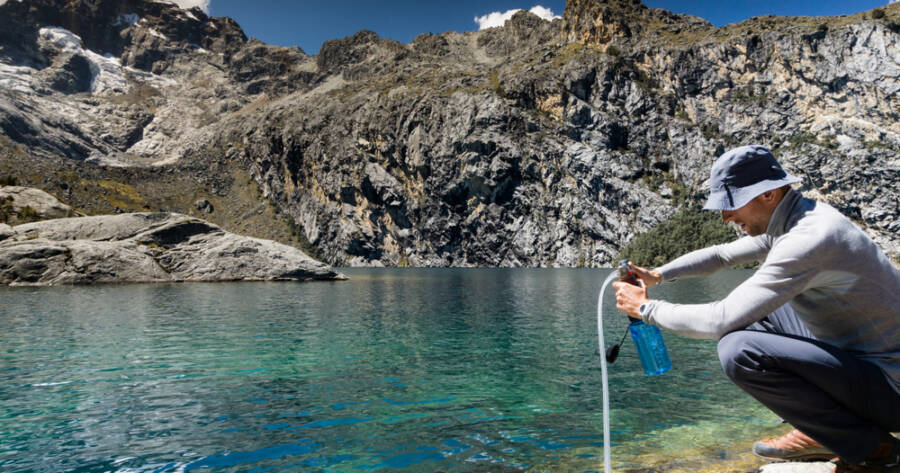When exploring the backcountry, access to clean drinking water is a top priority. Streams, lakes, and springs may appear pristine, but they can contain harmful microorganisms like bacteria, protozoa, and viruses, as well as sediment and chemical contaminants. Having a reliable method to make water safe is essential for both health and comfort. With several options available, understanding the strengths and limitations of different filtration and purification systems can help you choose the right one for your trip and environment.
Understanding the Risks in Natural Water Sources
Even in remote wilderness areas, water can be contaminated by wildlife, human activity, or natural processes. Common threats include Giardia lamblia and Cryptosporidium, protozoa that can cause severe gastrointestinal illness. Bacteria like E. coli and, in some regions, viruses such as norovirus or hepatitis A may also be present.
Sediment and organic matter can make water cloudy, which not only affects taste but can also reduce the effectiveness of some purification methods. In some backcountry areas, agricultural runoff or mining activity may introduce chemical contaminants, which require specialized treatment. Knowing what risks are most likely in your destination will guide your choice of filtration or purification method.
Common Backcountry Water Treatment Methods
Pump Filters
These systems use a hand pump to push water through a filter element, removing bacteria, protozoa, and sediment. They’re effective and versatile, but require manual effort and regular cleaning.
Gravity Filters
Using the force of gravity, these systems allow water to flow from an unfiltered “dirty” bag through a filter into a clean container. They are efficient for producing larger quantities of water without constant pumping, making them popular for groups.
Squeeze Purifiers
Compact and lightweight, squeeze purifiers let you push water through a filter by hand, often using a soft bottle or pouch. They’re ideal for solo travelers and minimalist setups but can be slower for large volumes.
Chemical Treatments
Tablets or drops containing chlorine dioxide or iodine can kill bacteria, protozoa, and some viruses. They’re lightweight and require no equipment, but may leave a taste in the water and typically need at least 30 minutes to work.
Ultraviolet (UV) Purifiers
These battery-powered devices use UV light to neutralize microorganisms, including viruses. They work quickly, but require clear water and a power source. They also do not remove sediment or chemical contaminants.
Factors to Consider When Choosing a Method
The best water treatment system for your trip depends on several factors. Trip length and group size matter—larger groups often prefer gravity systems for efficiency, while solo hikers may opt for a squeeze filter or chemical drops for simplicity.
The type of water sources you expect to encounter is also important. In areas where viruses are a concern, adding a chemical treatment or UV purifier to your setup can provide an extra layer of protection. If your water sources are silty or muddy, a pre-filter or a filter with good sediment-handling capability is essential.
Durability and ease of maintenance should also be considered. Backcountry conditions can be hard on gear, and some systems require careful cleaning to prevent clogging. Weight and packability are factors for long-distance hikers, while ease of use may be more important for those on shorter, casual trips.
Combining Methods for Extra Safety
In some situations, using two methods together offers the best protection. For example, a pump or squeeze filter can remove bacteria, protozoa, and sediment, while a chemical treatment or UV purifier can neutralize viruses. This layered approach is common in international or tropical backcountry settings where viral contamination is more likely.
Similarly, filtering water before using a UV purifier can improve effectiveness by removing particles that block the light. Combining methods can add a little weight and complexity, but it provides peace of mind, especially on longer or more remote trips where medical help may be far away.
Safe Water, Confident Travel
Choosing the right water filtration method for backcountry travel is about balancing safety, convenience, and the conditions you expect to face. By understanding potential contaminants and the capabilities of different systems, you can select a solution that keeps you hydrated and healthy on the trail.
Whether you go with a lightweight squeeze filter, a group-friendly gravity system, or a combination of methods, having a reliable way to treat your water ensures you can focus on the adventure—not the risks in your drinking source.

